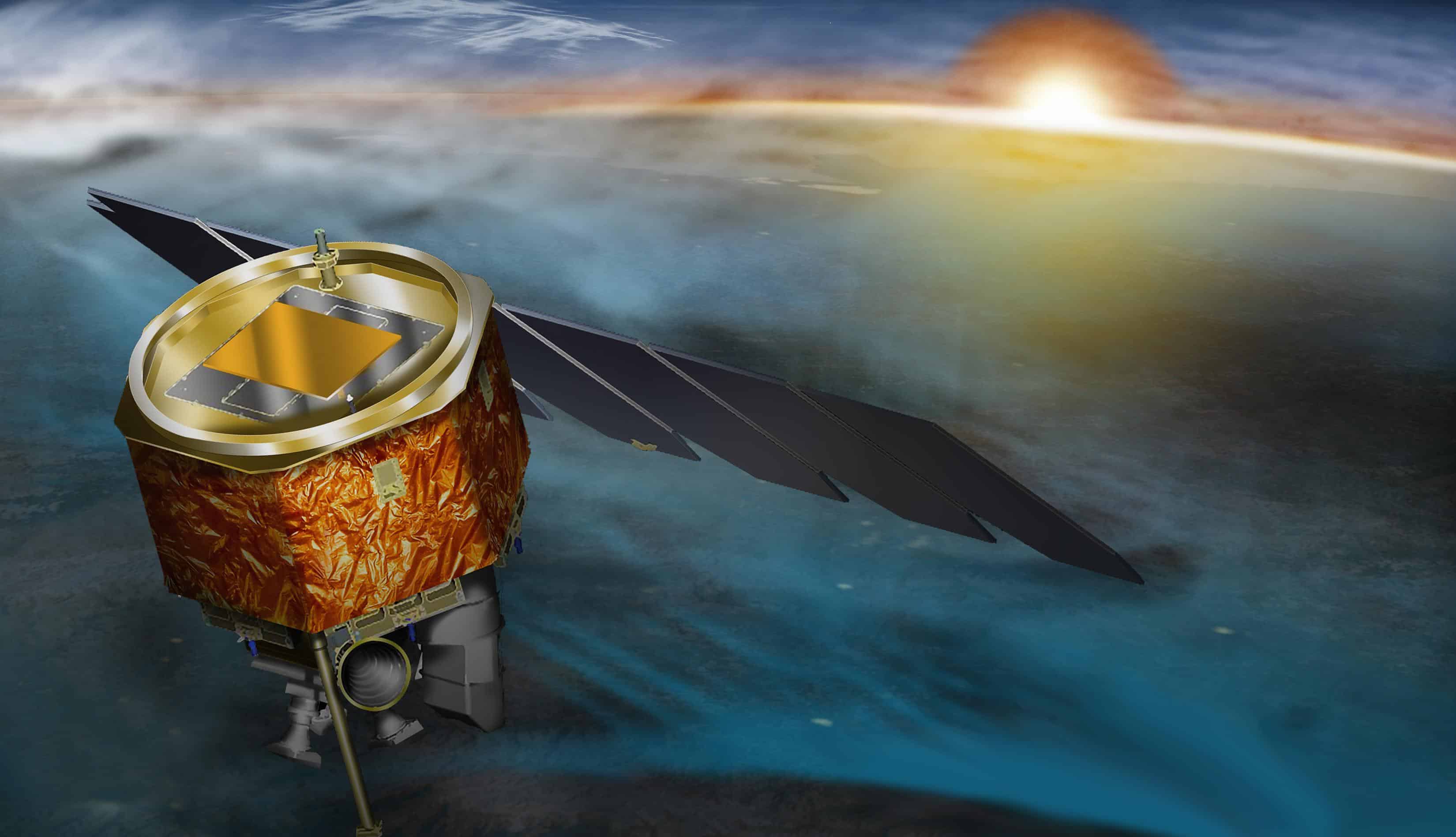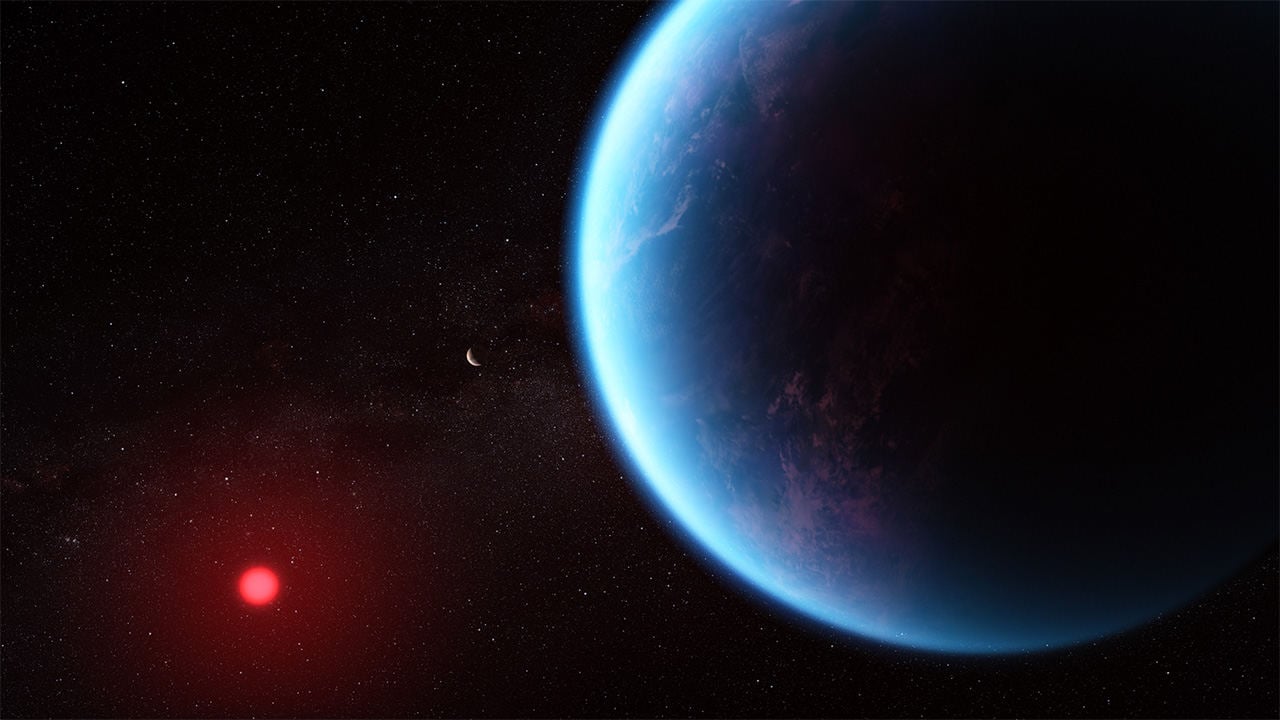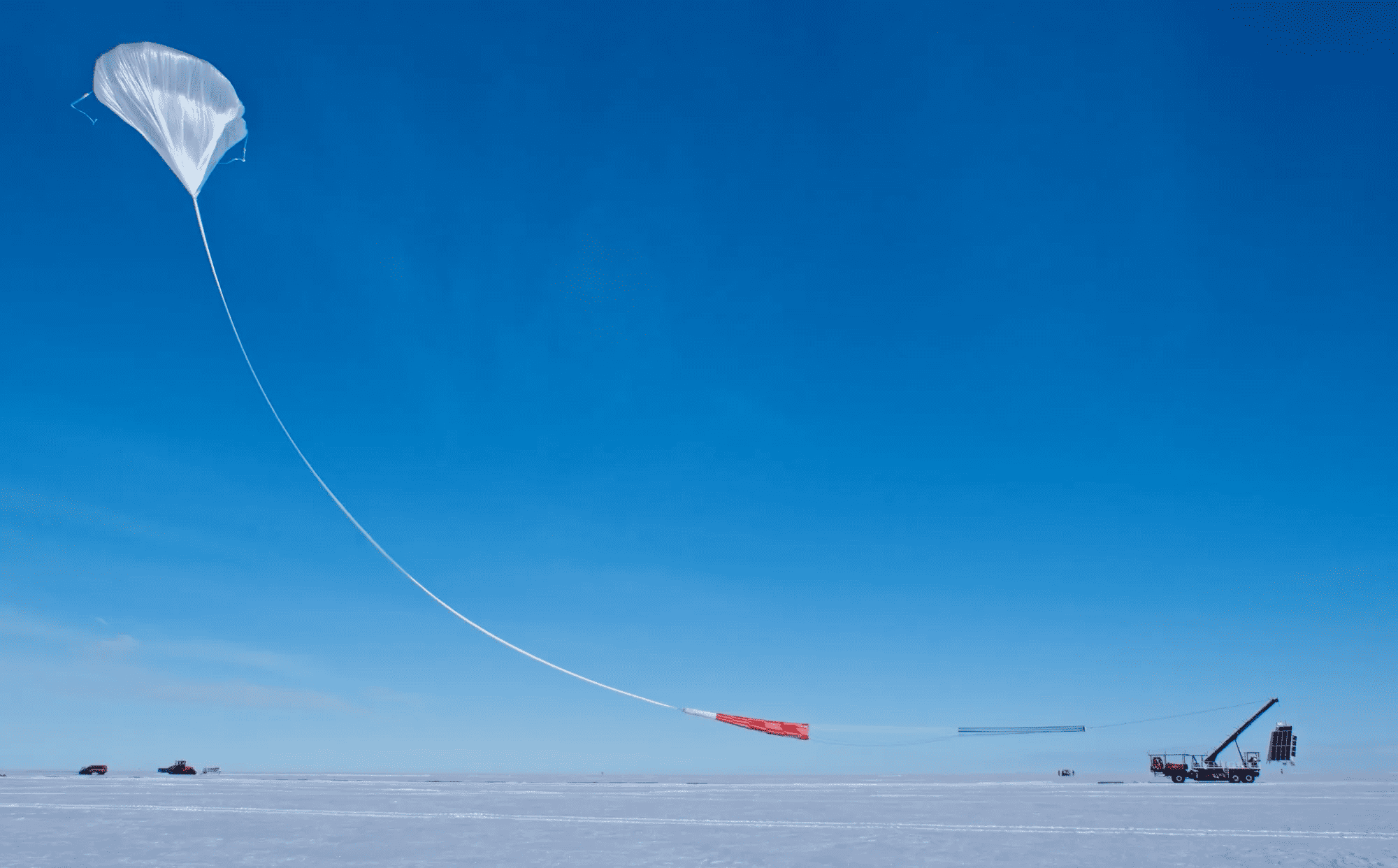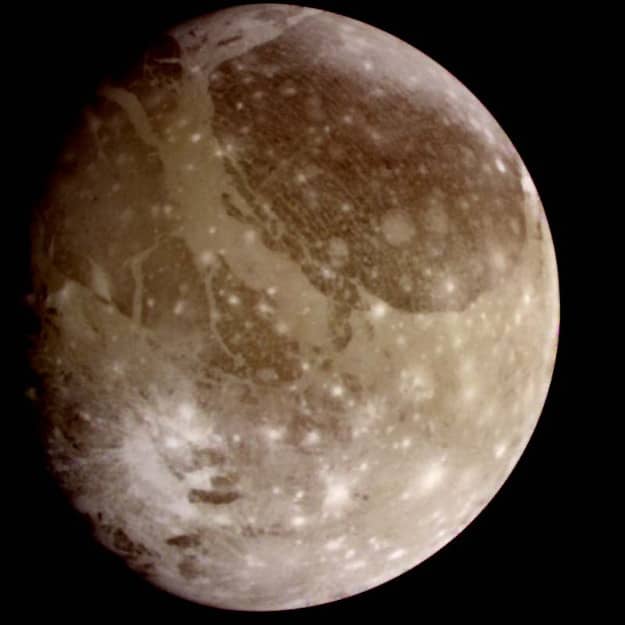
Researchers confirm human-made climate change is causing the Earth’s surface to warm while the upper atmosphere cools dramatically. This atmospheric paradox raises concerns for orbiting satellites, the ozone layer, and Earth’s weather patterns. NASA’s interest in the upper atmosphere stems from the safety of satellites and the potential increase in collision risks with space debris. Stratospheric cooling also affects the fragile ozone layer, potentially delaying its recovery. Climate modeler Ben Santer’s study strengthens the human fingerprint in climate change fivefold, dubbing the evidence “incontrovertible.”
Layers of the atmosphere affected by CO2
Our atmosphere consists of several layers, including the troposphere (5-9 miles), stratosphere (30 miles), mesosphere (50 miles), and thermosphere (400+ miles). CO2 increases in the atmosphere impact each layer, causing dynamic changes in temperature and structure. While CO2 warms the troposphere by absorbing and re-emitting solar radiation, in the thinner upper atmosphere, heat escapes to space, cooling the surroundings.
Recent satellite data (2002-2019) has shown that the mesosphere and lower thermosphere have cooled by 3.1°F (1.7°C). If CO2 levels double by the end of the century, cooling could reach around 13.5°F (7.5°C), which is 2-3 times faster than ground-level warming. The confirmation of tropospheric warming and upper atmosphere cooling enhances our confidence in CO2’s influence on atmospheric temperatures.
NASA satellite data reveals mesosphere cooling and contracting
Combined data from three NASA satellites have produced a long-term record, revealing that the mesosphere – a layer of the atmosphere 30-50 miles above the surface – is cooling and contracting due to greenhouse gas emissions. Scott Bailey, an atmospheric scientist at Virginia Tech, explains that it takes several decades to isolate the effects of greenhouse gas emissions, solar cycle changes, and other factors. Over 30 years of observations show the summer mesosphere cooling by 4-5°F and contracting by 500-650 feet per decade over the poles. This trend is expected to continue if CO2 emissions remain unchanged.
Considering that the mesosphere is thinner than the troposphere, the impact of CO2 emissions differs in each layer. James Russell, an atmospheric scientist at Hampton University, notes that near Earth’s surface, the atmosphere is thick and CO2 traps heat, similar to a quilt trapping body heat. In contrast, the higher mesosphere loses more heat to space due to fewer molecules, with CO2 efficiently emitting heat. The observed cooling and contracting align with predictions made by climate models, increasing confidence in upper atmosphere modeling.
Implications for satellites, ozone layer, and weather patterns
NASA’s interest in the upper atmosphere is driven by the safety of satellites. The cooling of the upper atmosphere causes it to contract, reducing drag on satellites and space debris. The stratosphere has decreased in depth by 1% (1,300 feet) since 1980, while the mesosphere and lower thermosphere have contracted by almost 4,400 feet between 2002 and 2019, with 1,120 feet due to CO2 cooling. Reduced drag could increase satellite longevity but also raise the risk of collisions with space debris.
Additionally, stratospheric cooling affects the fragile ozone layer, which protects us from harmful solar radiation. Ozone destruction is exacerbated by polar stratospheric clouds, which form more frequently in a colder stratosphere. In 2020, the Arctic experienced its first full-blown ozone hole. The cooling stratosphere could potentially delay the recovery of the ozone layer.
Long-term effects of cooling upper atmosphere on Earth’s climate system
The consequences of upper atmosphere cooling are not yet fully understood, but it has the potential to alter jet streams and atmospheric circulation patterns. More research is needed to better comprehend the long-term effects of cooling upper atmosphere on Earth’s climate system. In particular, the mesosphere is crucial for the neutral atmosphere-ionosphere transition, satellite drag, space junk clearance, and the formation of noctilucent clouds (NLCs). NLCs are sensitive to temperature and water vapour changes, and Russell explains that the only way they would change in such a manner is if the temperature is getting colder and water vapour is increasing. The link between colder temperatures, increased water vapour, and upper atmosphere climate change highlights the importance of continued research in this area.







